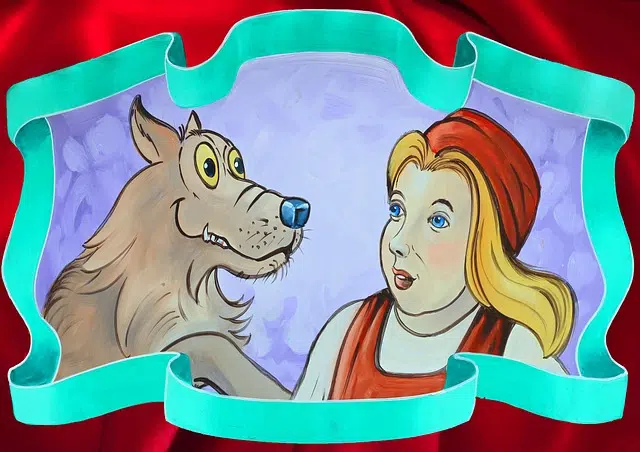
A traditional story known worldwide is "Puss in Boots."
A story is a fictional story whose length is small. Traditional , for its part, is that linked to tradition (custom or habit).
The notion of a traditional story refers to a narrative whose authorship is generally unknown, which is transmitted from generation to generation orally . These anonymous stories usually have several versions .
Traditional stories, in their origins, were spread by word of mouth. Over time, the stories ended up being collected in books, adapting to printed format. This allowed the stories to remain current throughout history .
"Puss in Boots", a traditional story
An example of a traditional story is “Puss in Boots” . This account first appeared in a book in the 16th century , compiled by Giovanni Francesco Straparola . Over the years it had very popular versions written by authors such as Giambattista Basile and Charles Perrault .
This traditional tale tells how a cunning cat helps a miller's son become a millionaire. The young man had inherited the animal from his father: just when he was thinking about eating it, the cat asked him for a pair of boots and a bag to show him that he could make him rich. Thus, after a series of deceptions, the feline transforms the poor boy into the Marquis of Carabás and gets him to marry the king's daughter.

"Little Red Riding Hood" is a very popular traditional story.
Characteristics of these stories
Each region has its own traditional tales. Also called folk tales or popular stories , they are usually aimed at children and often include a moral. The values of a community, on the other hand, are spread through these types of stories.
In recent times, many of the traditional stories that have accompanied dozens of generations have undergone important changes in their plots, especially in their endings, with the aim of making them "less tragic." In other words, most stories of this type have - today - a happy ending even if in their origins it was very different.
A traditional story with several endings: "Little Red Riding Hood"
Take the case of Little Red Riding Hood , a traditional tale known to millions of people around the world, which has had versions in cartoons and movies, in addition to the obligatory printed books , both with full-color illustrations and in pure text. How does this story end? Well, the answer changes depending on the generation of the person answering.
Until a few decades ago, the big bad wolf ate the grandmother as soon as he entered her house by force, put on her clothes and waited for Little Red Riding Hood to arrive, whom he also swallowed after the mythical dialogue :
-Grandma, what big teeth you have!
-To eat you better...
On the other hand, there is a version in which the wolf locks the old woman in a closet and fails to eat Little Red Riding Hood, since she manages to escape in time and meets a hunter, who kills the wolf and saves his two victims. . Over the years, these and other elements have been combined to adapt this traditional tale to the "needs" of the different regions, and little by little the violence was disguised until all deaths were avoided: today, neither Even the wolf dies.
This tendency to "soften" the endings of traditional stories does nothing other than deprive new generations of valuable lessons that their elders did receive at the time. A happy ending teaches us that anything is possible, that no matter how much we make mistakes, we will always achieve our goals, and it goes without saying that life is not like that. Fortunately, many people in the world of literature are working to recover the original versions, with all their tragic endings.
